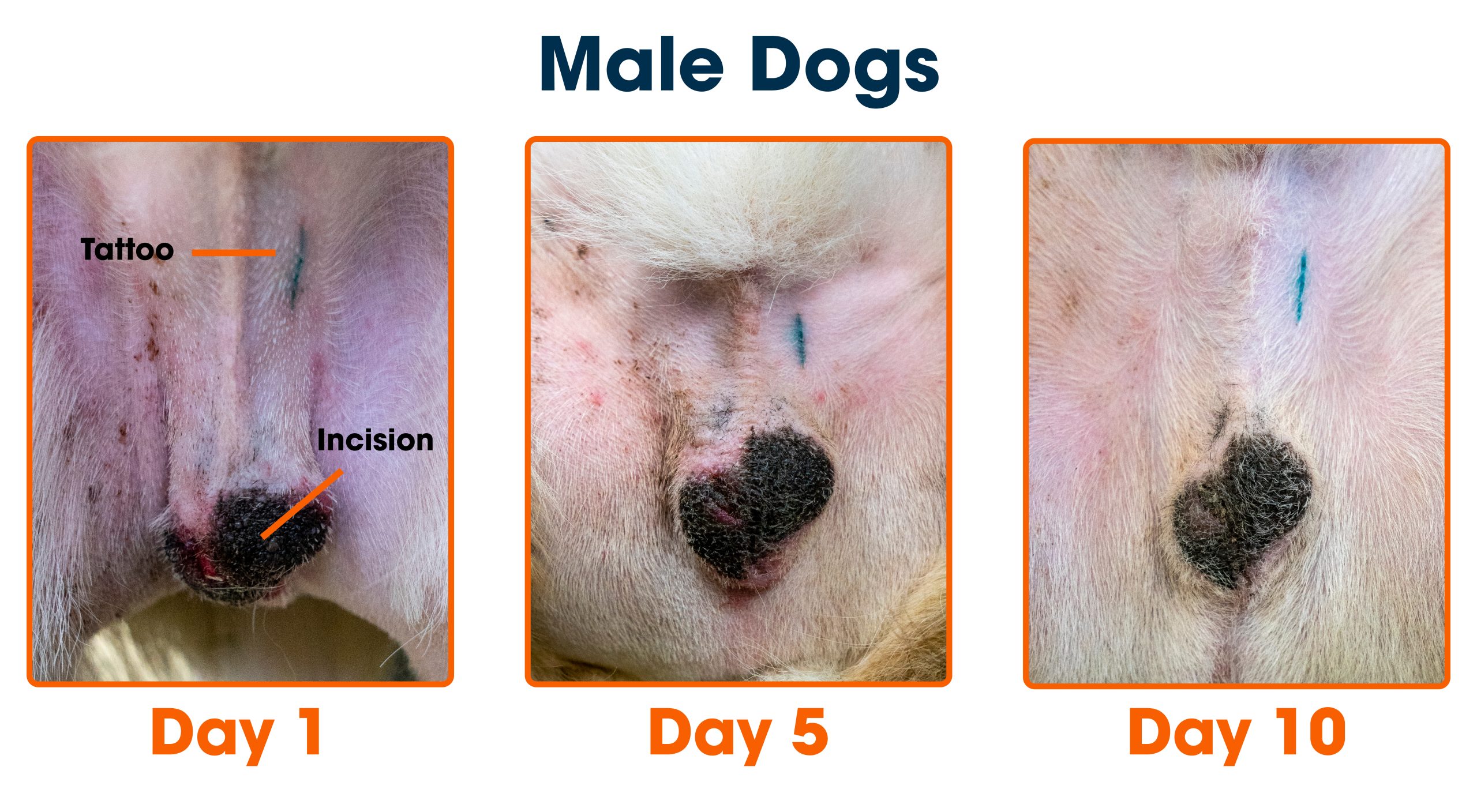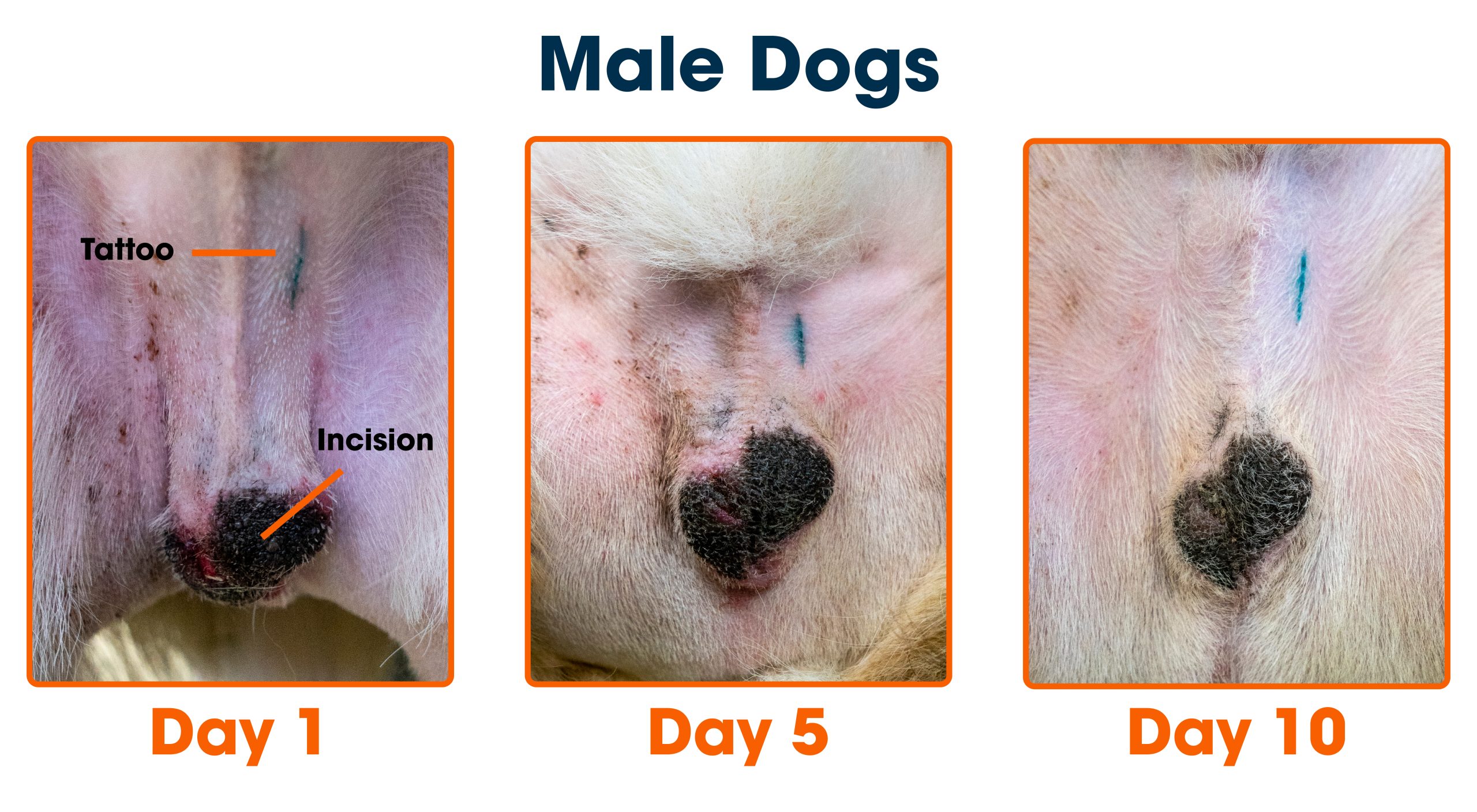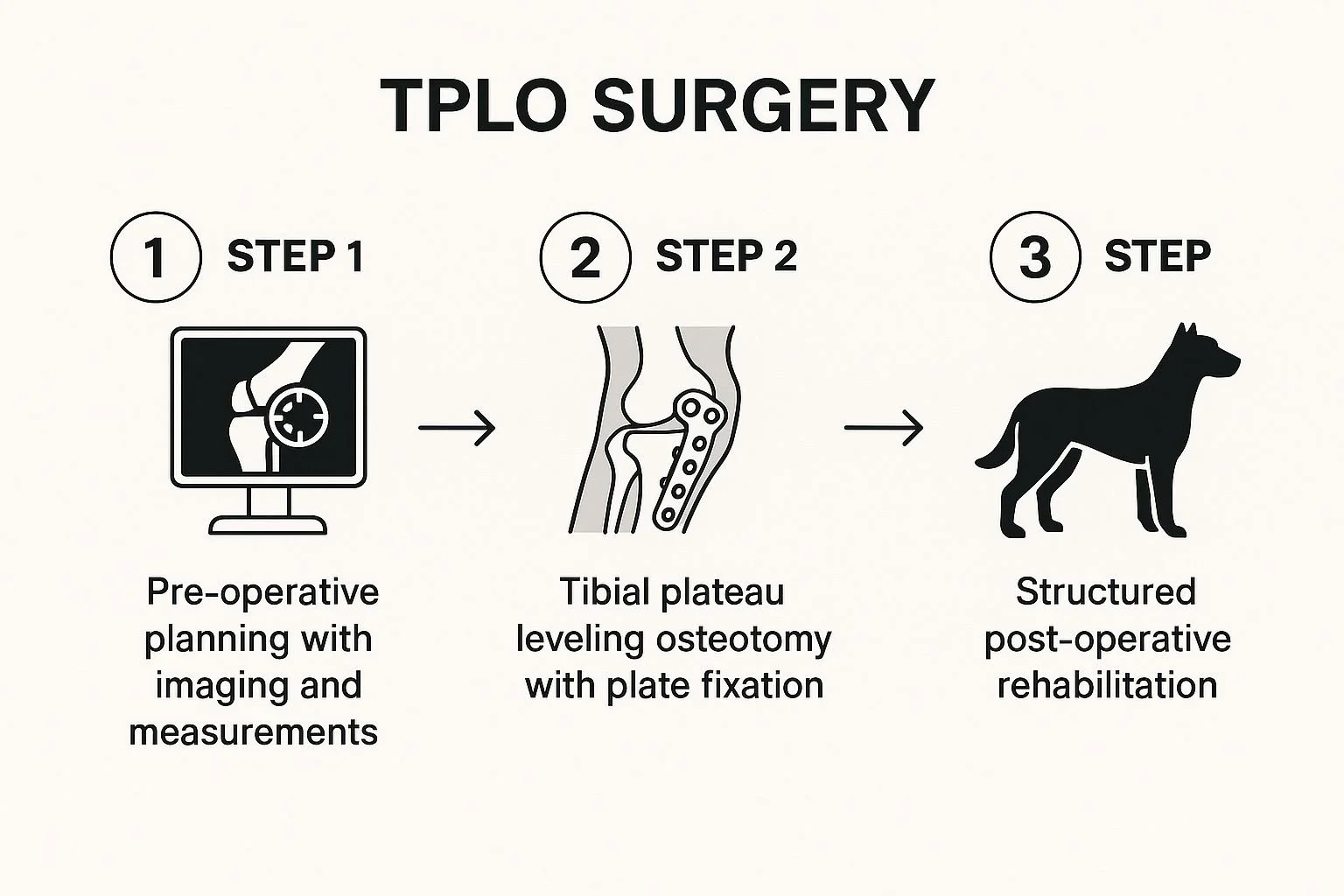Wondering how much dog vet bills might set you back? You’re not alone.
When your furry friend needs medical care, costs can quickly add up, leaving you stressed and unsure what to expect. Knowing what goes into vet bills can help you prepare and avoid surprises. You’ll discover the typical costs for common treatments and tips to manage your dog’s health expenses without breaking the bank.
Keep reading to take control of your pet’s care and your budget.

Credit: medium.com
Typical Vet Visit Costs
Understanding typical vet visit costs helps you plan better for your dog’s healthcare. These expenses can vary widely depending on the service, location, and your dog’s specific needs. Knowing what to expect can take the stress out of unexpected bills and keep your furry friend healthy.
Routine Checkups
Routine checkups are the backbone of preventive care for your dog. They usually cost between $50 and $100 per visit. During these visits, the vet will examine your dog’s overall health, check vital signs, and discuss any concerns you might have.
Many vets include basic tests like weight and temperature checks in this cost. Some might add blood work or fecal exams if your dog shows symptoms or is due for screenings. Think about how often your dog needs these visits—usually once or twice a year—to keep costs manageable.
Vaccinations
Vaccinations protect your dog from serious diseases. Typical vaccines include rabies, distemper, parvovirus, and bordetella. On average, you can expect to pay between $15 and $40 per shot.
Some vaccines come as a combination, which can save you money and reduce the number of visits. If you have a puppy, the total vaccination series during the first few months might run between $75 and $150. Ask your vet which vaccines are essential for your dog’s lifestyle and region.
Dental Care
Dental care is often overlooked but crucial for your dog’s well-being. A professional dental cleaning can cost anywhere from $300 to $700. This includes anesthesia, cleaning, polishing, and sometimes extractions if needed.
Regular at-home brushing reduces the frequency and cost of dental visits. Have you checked your dog’s teeth lately? Early dental issues can lead to expensive treatments later, so timely care saves both your dog’s health and your wallet.

Credit: www.instagram.com
Common Emergency Expenses
Emergency vet visits can be costly. Sudden accidents or severe illnesses often require immediate care. These common emergency expenses quickly add up and impact your budget. Knowing typical costs helps you prepare financially for your dog’s urgent health needs.
Injury Treatment
Treating injuries like cuts, bites, or broken bones is urgent and costly. Vets clean wounds, stitch cuts, or set fractures. Minor injuries may cost $200 to $500. Serious injuries can exceed $1,000 due to pain management and follow-up care.
Surgery Fees
Surgeries often become necessary during emergencies. Procedures like tumor removal or internal repairs need anesthesia and skilled surgeons. Surgery fees range from $1,000 to $5,000, depending on complexity and duration. Post-surgery medications and care add to the total cost.
Hospitalization
Severe cases may require overnight or longer hospital stays. Hospitalization includes monitoring, fluids, and medications. Daily costs range from $500 to $1,500. Extended stays increase expenses significantly, especially with intensive care or special treatments.
Chronic Illness Care
Chronic illness care for dogs requires ongoing attention and resources. Many pets live with conditions like diabetes, arthritis, or heart disease. Their treatment involves more than a one-time visit. Owners face continuous costs to keep their dogs healthy and comfortable. Understanding these expenses helps plan for your pet’s long-term care.
Medication Costs
Daily or weekly medications often form the core of chronic illness care. Prices vary depending on the drug type and dosage. Some medicines are available as generics, which lowers the cost. Specialty drugs tend to be more expensive. Costs can range from $20 to over $100 per month. Regular refills are necessary to maintain treatment.
Regular Testing
Chronic conditions require frequent tests to monitor health. Blood work, urine analysis, and imaging help track disease progress. Testing frequency depends on the illness and its severity. These tests may cost between $50 and $200 each. Timely testing prevents complications and adjusts treatment plans.
Specialist Visits
Some chronic illnesses need expert care from veterinarians specialized in certain fields. Cardiologists, endocrinologists, or neurologists provide advanced diagnosis and treatment. Specialist visits can cost from $100 to $300 or more per appointment. Referral from your regular vet is often needed. Specialist care improves outcomes but adds to overall expenses.

Credit: www.facebook.com
Hidden Fees To Watch For
Vet bills can quickly add up, especially when unexpected fees sneak in. These hidden costs often catch pet owners off guard, turning a routine visit into a pricey affair. Knowing what to watch for can help you prepare and avoid surprises.
Lab Work Charges
Lab tests are a common hidden cost in vet bills. Your dog might need blood work, urine analysis, or other diagnostics that aren’t included in the basic exam fee.
These tests help diagnose issues but can add hundreds of dollars to your bill. It’s smart to ask your vet which tests are necessary and if any can be skipped or done later.
Anesthesia Costs
If your dog needs surgery or certain procedures, anesthesia is often required. This isn’t just a flat fee; it depends on your dog’s size, health, and the length of the procedure.
Some vets charge separately for the anesthesia medication and monitoring, which can surprise you. Always clarify if anesthesia is included in the procedure cost or billed on its own.
Aftercare Supplies
Aftercare is crucial but often overlooked in cost estimates. Supplies like bandages, medications, or special food might not be included in the initial bill.
Think about what your dog will need at home. You might have to buy wound care items or pain relief meds, which add to your overall expenses.
Factors Influencing Vet Bills
Vet bills for dogs vary widely. Several key factors influence the total cost. Knowing these can help pet owners prepare financially. Each factor affects the price of routine visits and emergencies differently.
Geographic Location
Vet costs depend heavily on location. Cities often have higher prices than rural areas. Urban clinics may charge more for exams and treatments. Living in a small town usually means lower vet fees. Regional demand and local economy also play a role.
Dog Size And Breed
Large dogs usually cost more to treat. They need more medication and larger doses. Some breeds face specific health issues. These breed-related problems can raise vet bills. Small dogs often have simpler, less costly care.
Vet Clinic Type
Different clinics charge different rates. Emergency and specialty clinics tend to be more expensive. General practices offer routine care at lower prices. Mobile vets or clinics with advanced equipment may increase costs. Choosing the right clinic affects your overall vet bill.
Ways To Manage Vet Expenses
Vet bills can sometimes surprise you with their size, but there are smart ways to keep those expenses manageable without sacrificing your dog’s health. Understanding different options can make a big difference in how you plan and pay for your pet’s care. Let’s look at some practical ways to handle these costs effectively.
Pet Insurance
Pet insurance can be a game-changer for unexpected vet expenses. It works like health insurance for people, covering a portion of vet bills after you pay a deductible.
Choosing the right plan means looking closely at what’s covered—accidents, illnesses, routine care, or all of these. I once hesitated to get insurance, but after a sudden surgery for my dog, it saved me hundreds of dollars.
Have you checked what pet insurance plans are available in your area? Comparing coverage and costs can help you find a good fit for your budget and your dog’s needs.
Preventive Care
Prevention is often less expensive than treatment. Regular check-ups, vaccinations, and dental cleanings can stop many costly health problems before they start.
Feeding your dog a balanced diet and keeping them active also supports long-term health, reducing vet visits. Think of these small efforts as investments that protect your dog and your wallet.
Could scheduling routine vet visits every six months save you money in the long run? Many pet owners don’t realize how much preventive care can reduce emergency expenses.
Payment Plans
If a big vet bill catches you off guard, some clinics offer payment plans to spread out the cost. This option lets you give your dog the care they need now, without paying everything upfront.
Ask your vet if they partner with third-party financing companies or offer in-house plans. Knowing your payment options before an emergency can relieve a lot of stress.
Would having a payment plan option make you more comfortable scheduling necessary treatments? It’s worth discussing this with your vet before you need it.
Frequently Asked Questions
How Much Do Routine Dog Vet Visits Cost?
Routine dog vet visits typically range from $50 to $200. Costs depend on services like vaccinations and physical exams. Prices vary by location and clinic. Regular check-ups help prevent costly health issues later.
What Factors Influence Dog Vet Bill Prices?
Vet bill prices depend on treatment type, dog size, and location. Emergency care and surgeries cost more. Diagnostic tests and medications add to bills. Insurance coverage can reduce out-of-pocket expenses.
How Can I Reduce My Dog’s Vet Expenses?
You can reduce vet bills by scheduling regular check-ups. Preventive care avoids expensive treatments. Compare prices among local vets. Consider pet insurance for unexpected costs. Ask about payment plans or discounts.
Are Emergency Dog Vet Visits More Expensive?
Yes, emergency vet visits cost significantly more. They often involve urgent care, surgeries, and overnight stays. Expect bills from $500 to several thousand dollars. Having pet insurance can help manage these costs.
Conclusion
Dog vet bills can vary depending on care needed. Routine visits usually cost less than emergencies. Keeping pets healthy helps lower vet expenses. Planning and saving can ease unexpected costs. Knowing typical prices helps owners prepare better. Taking action early can prevent bigger bills.
Your dog’s health is worth the investment. Stay informed and keep your pet safe.







